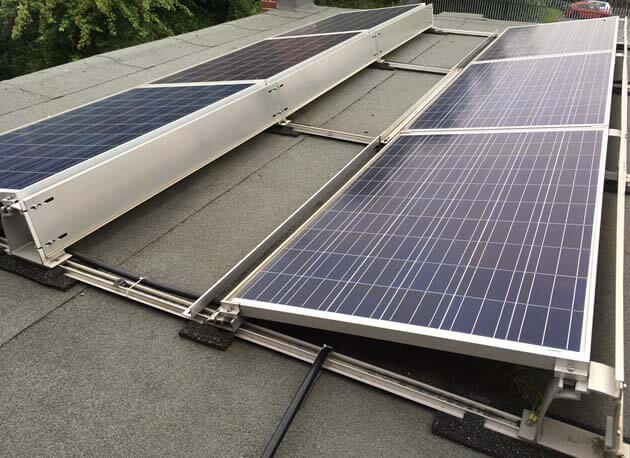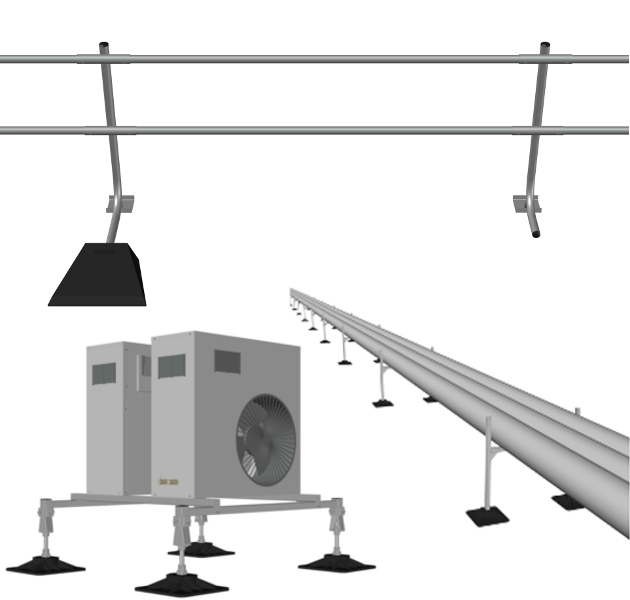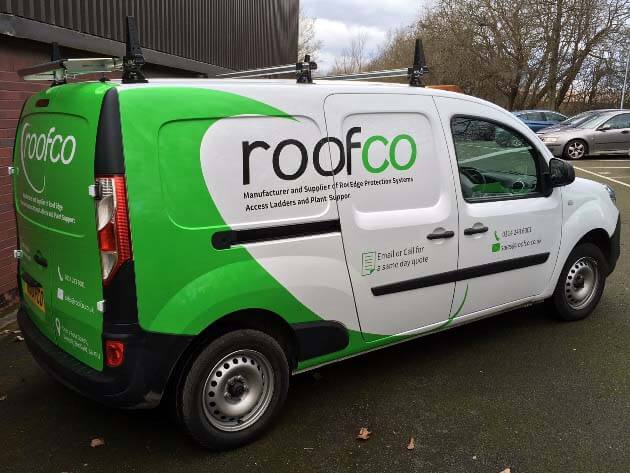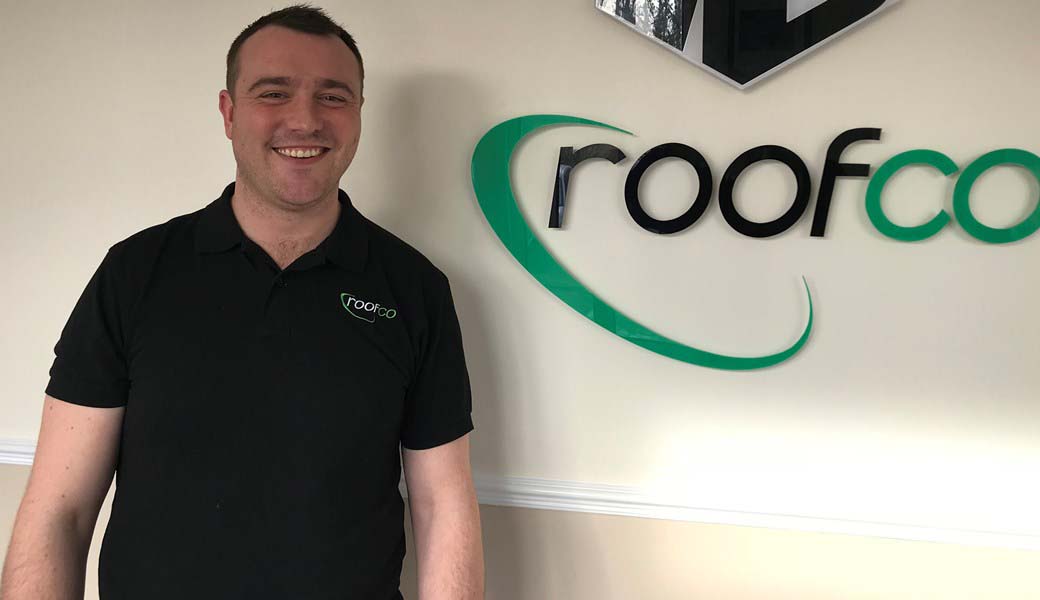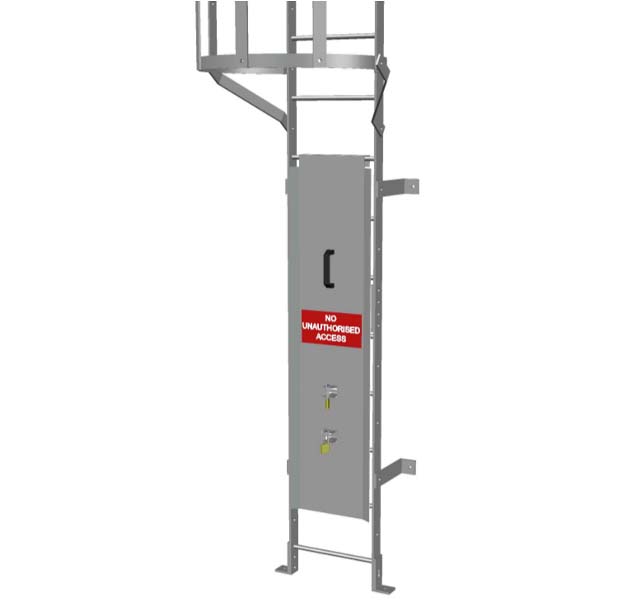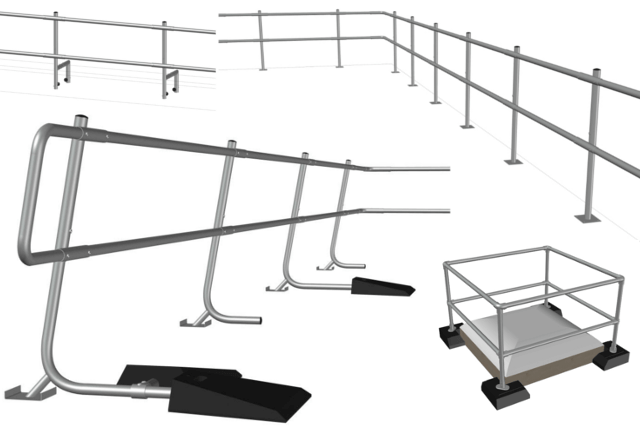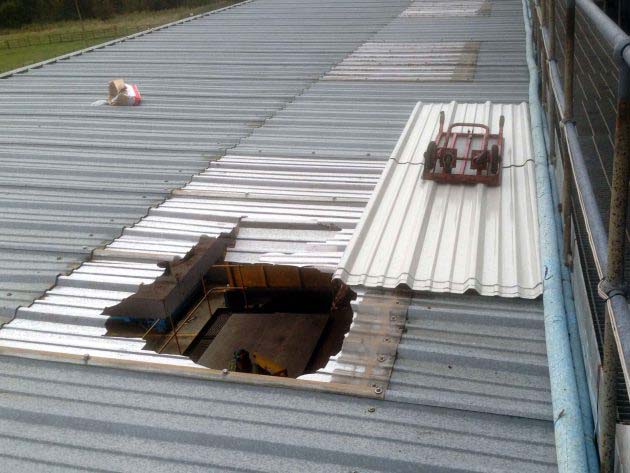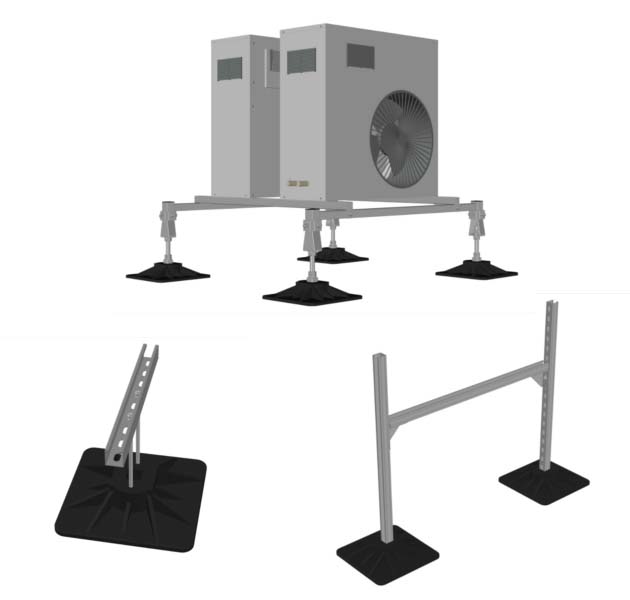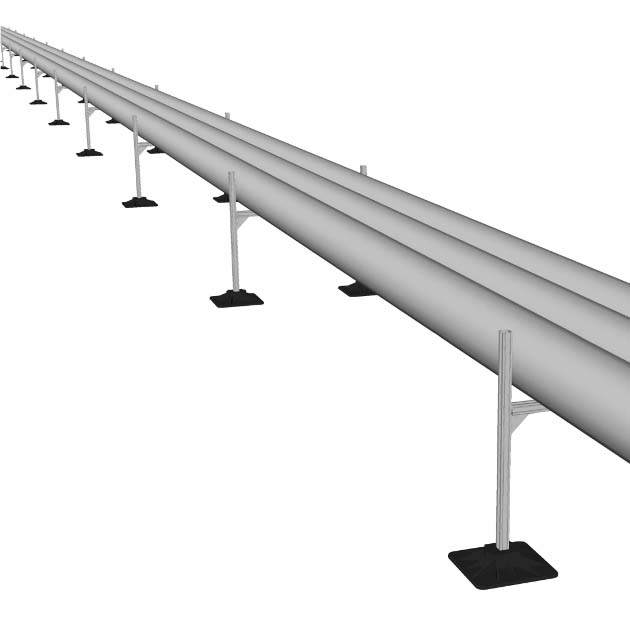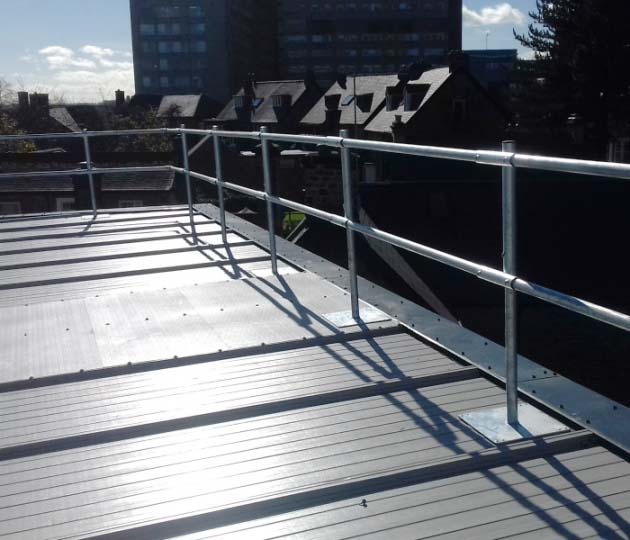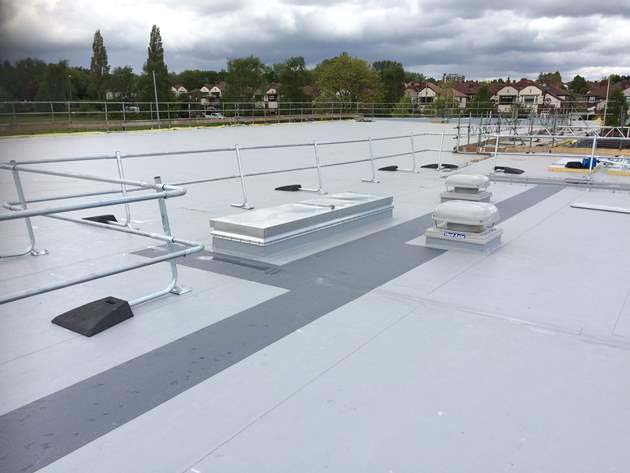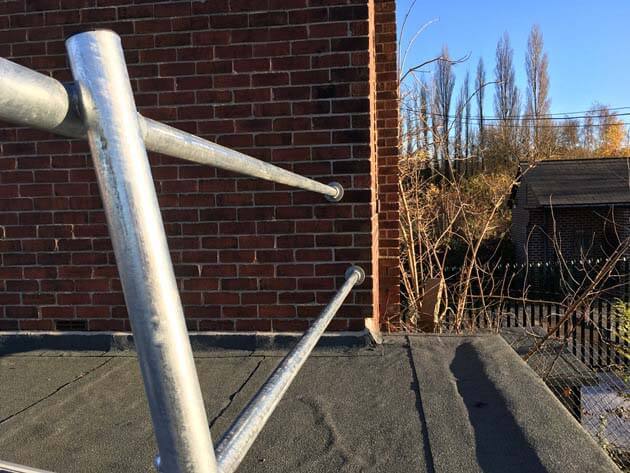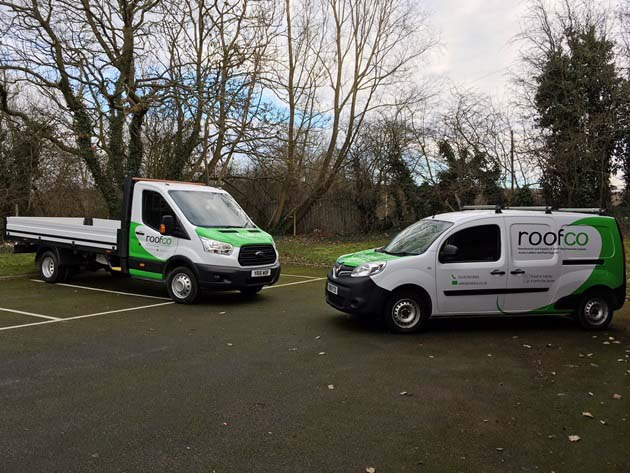As a working at heights contractor or a roof maintenance business, you work in a niche sector, which means competition for business is high. There are lots of ways you can gain an advantage over your competitors, though!
- Create A Website With A Blog
If you don’t already have a good website, you’re missing out! It’s really easy to set up your own website, and it’ll give you somewhere to point potential clients so that they can see your services and examples of your work.
If you’re working with a small marketing budget, you can still create a great website. It doesn’t need to be anything fancy! There are plenty of places online to create your own website; it’s very easy to do with plenty of tutorials for newcomers. If you don't feel confident or have the time to build your own website, companies such as Hydra Creative can help design you a bespoke website and integrated CRM system to help market and organise your business.
It’s worth investing in buying your domain name. This means you can have a domain email address, which gives you more credibility in the eyes of your potential clients. For example, would you rather hire Roofer@RoofingCompany.com or Roofer89@gmail.com?
A website only needs to have a few pages: About Us, Contact, and Our Services. That’s it!
If you want to work on bringing organic search traffic, consider also having a blog page. This is where you post regular new content, which could be something as simple as case studies of your latest work. It’ll help with search engine indexing, to regularly update your content, and people will find you more easily if you have lots of relevant content (and keywords such as ‘roof safety contractor Sheffield’).
- Advertise With Local Digital Marketing
Once you have a website, you can start to look at online digital marketing. Creating a Facebook page is one way to start, and you can drive Facebook adverts to click through to your new website to boost business.
Create a Google My Business page, too. This is totally free, but it’ll really help people local to you to find your service, thanks to the way it looks at a searcher’s current location to provide relevant results.
Digital marketing doesn’t need to cost much! Find the right keywords by using an online tool to see what your competitors are using. You can then either use these keywords in your adverts, or to keep costs down, tailor them to something more specific.
- Go To Trade Shows And Events
Old-school networking still works! While everything may seem digital these days, it’s entirely worth going to local and national trade shows and events. It’s a great place to not only meet new clients, but also potential business partners, such as architects who could refer you to projects.
Print up some business cards and flyers to promote your business, and get talking! Introduce yourself to everyone you feel could be a valuable contact for your business. Trade show leads are slow-burners: you’ll often not hear anything for months, but then someone’ll contact you out of the blue with a huge contract!
- Sponsor Local Venues And Teams
Get your brand seen and known in your local area by making the most of local marketing opportunities. Find a sports team that needs a shirt sponsor, for example, or buy some regular advertising space at a popular pub.
People aren’t always at work! However, people are always receptive to brands when they’re on the hunt for a supplier. That’s why advertising in unusual places can really help to boost business: your roofing clients will remember you!
Your existing customers are your most powerful tool for building your roof maintenance business.
You can use them in two ways:
1) Find out if they have further maintenance requirements they don’t currently use you for (such as seasonal inspections) and see if you can offer it to them at a favourable price;
2) Ask for referrals to their business partners, and testimonials for your website.









